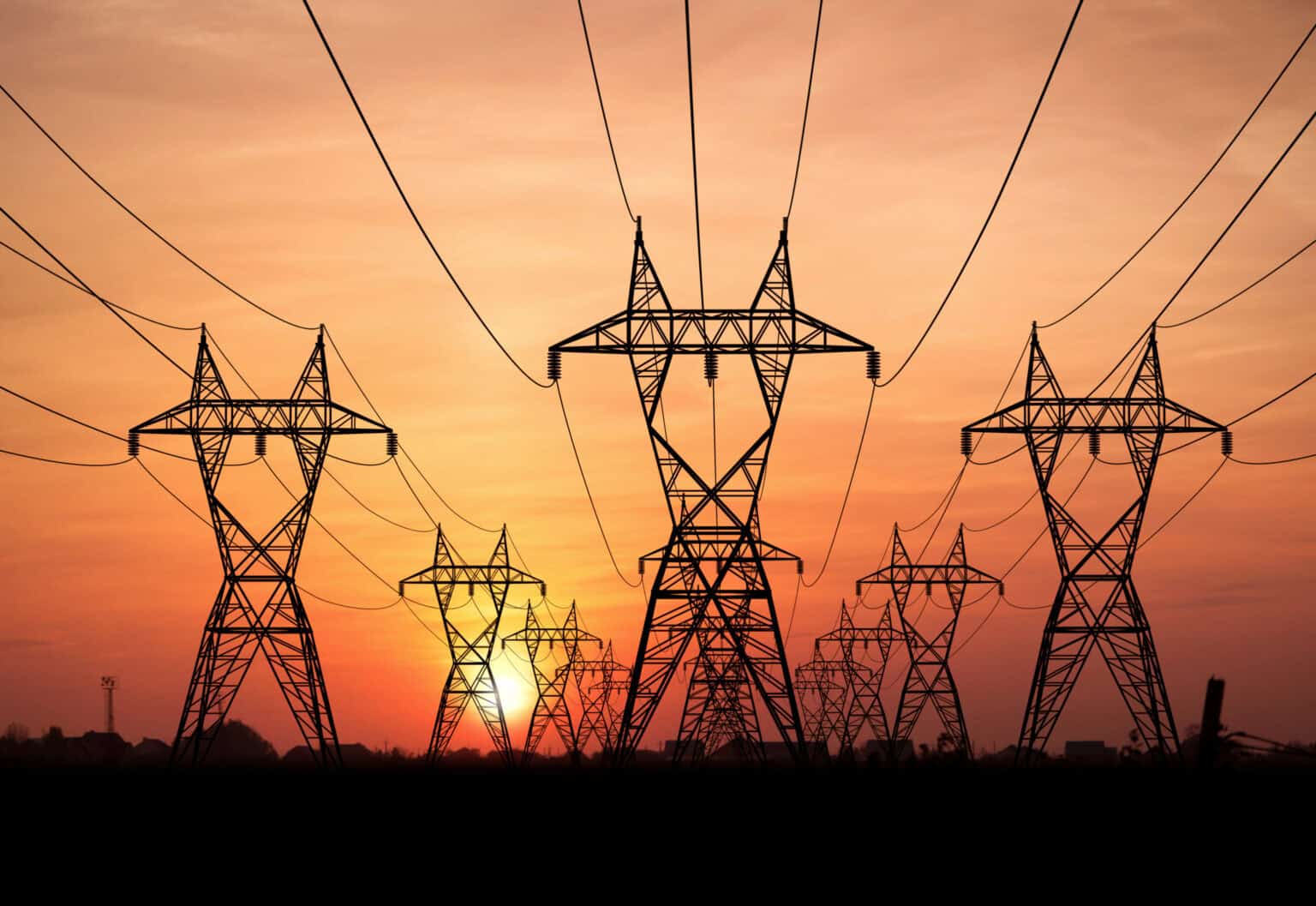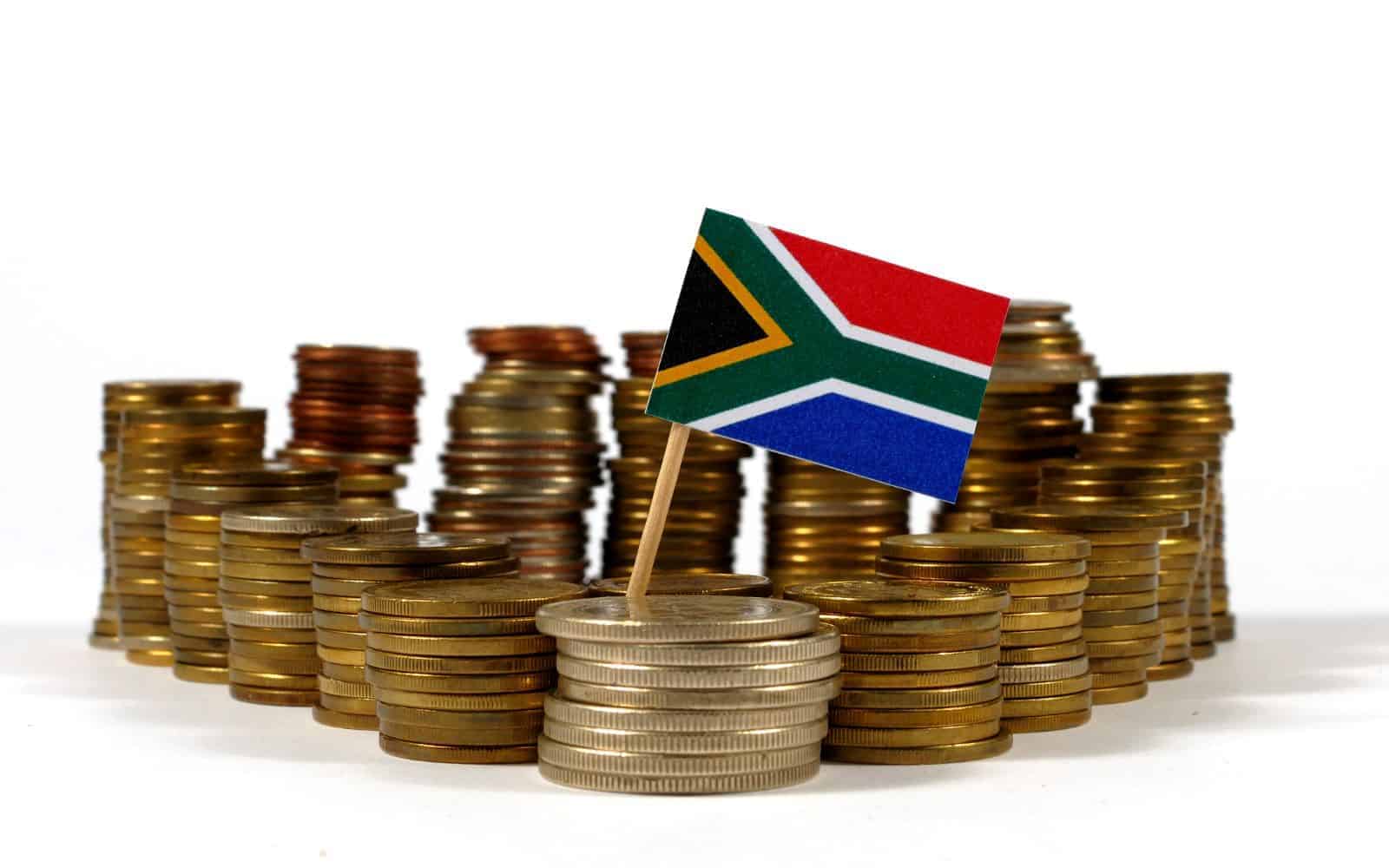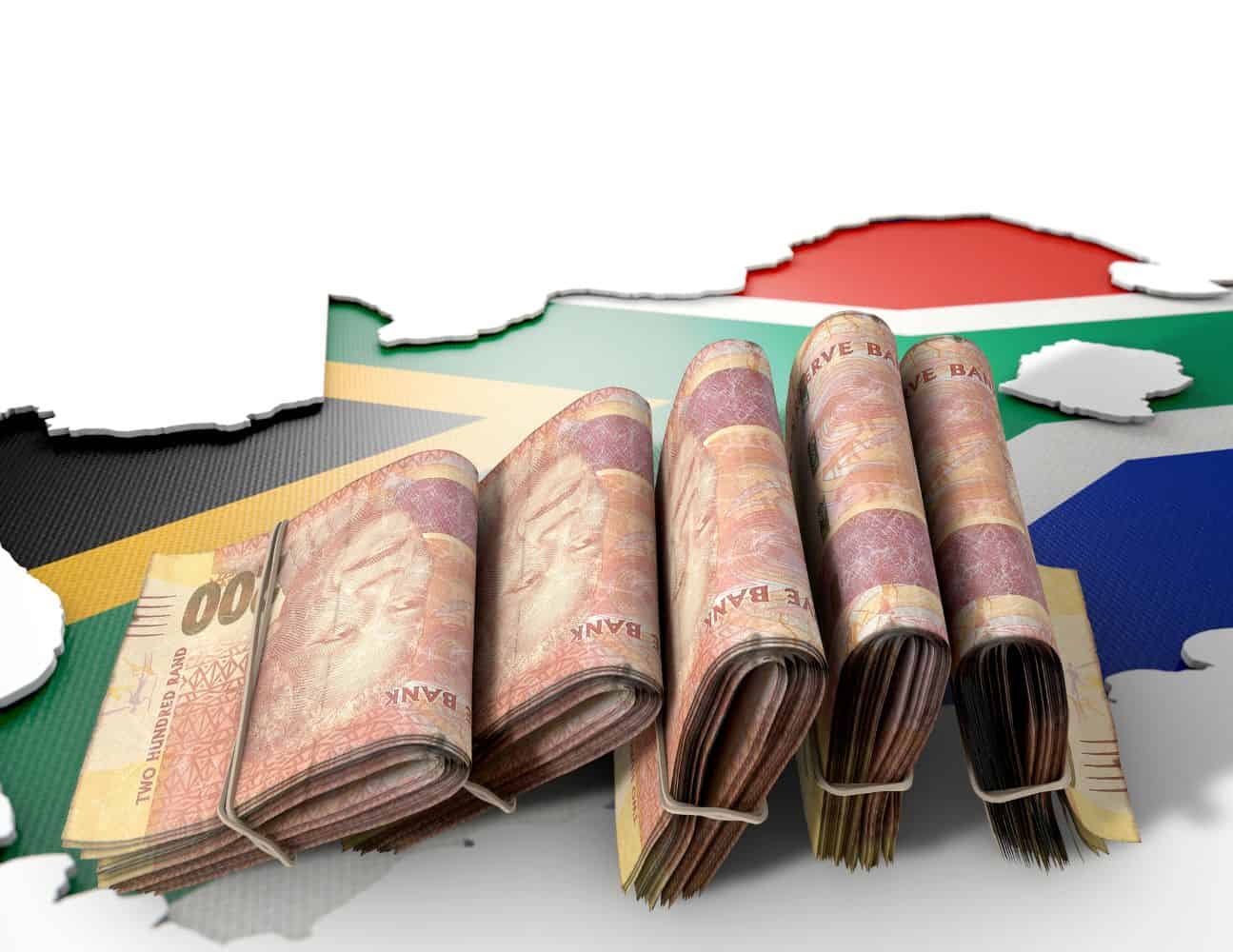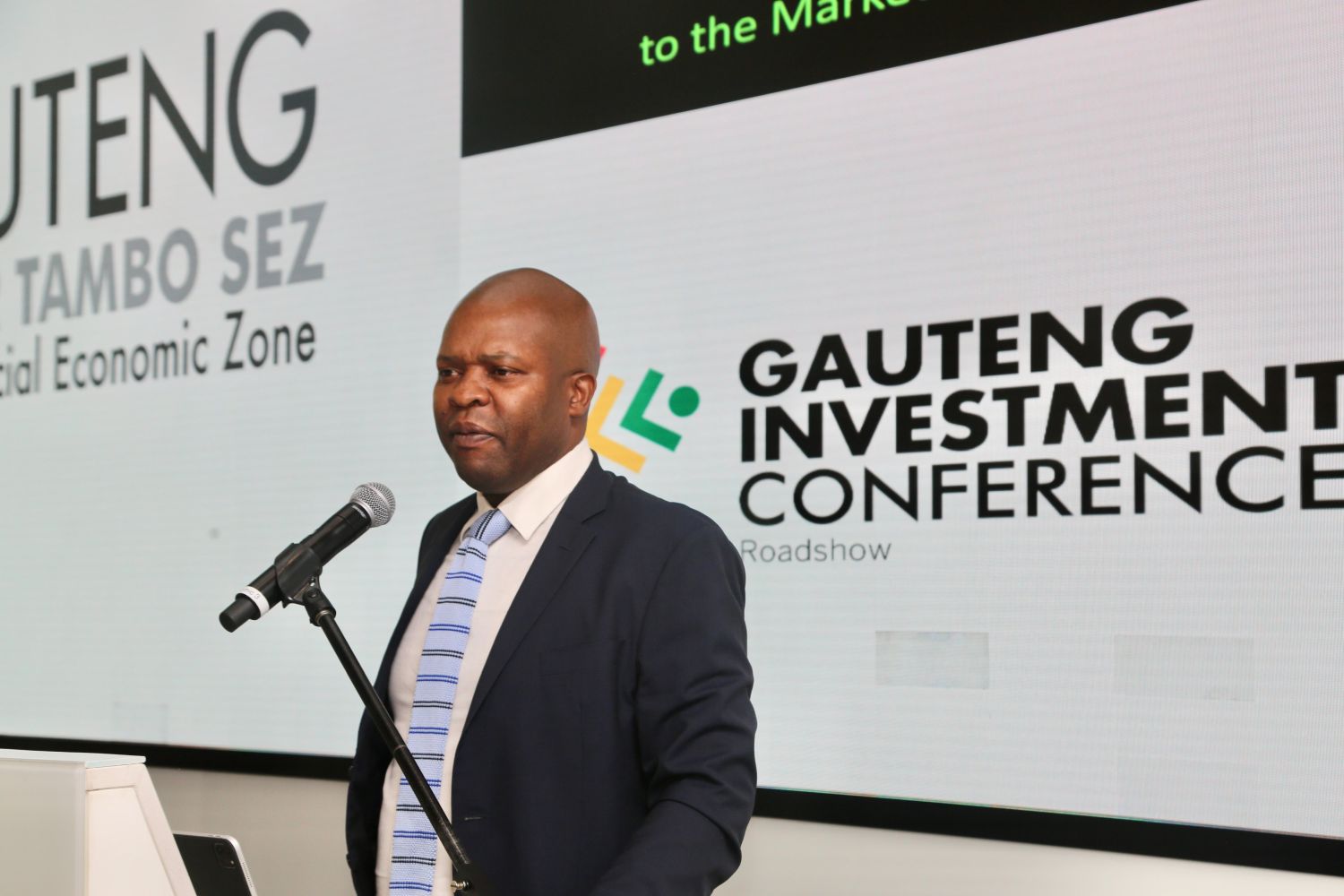Load shedding-free for 200 days: Eskom has unveiled its recovery plan set to
contribute 2% growth to the country’s economy.
South Africa’s electricity crisis may be heading towards a turning point, according to independent energy experts who lauded Eskom’s progress in stabilising the national grid as the utility marked 200 days without load shedding.
The power utility yesterday announced its recovery plan had not only reduced outages by 8.6% and improved energy availability factor by 7%, but was projected to contribute a potential 2% growth in the economy.
The state of Eskom
According to the experts, with Eskom’s capacity exceeding demand and new leadership improving operations, hopes for economic recovery were growing.
Adil Nchabeleng, an independent energy expert, praised the developments as a major milestone, noting that Eskom had delivered on its generation recovery plan.
He said its ability to maintain the suspension of load shedding was highly realistic.
“Eskom already has the capacity, with over 50 000 megawatts available, while current demand peaks between 30 000 and 33 000 megawatts. The reason they weren’t meeting demand previously was due to poor management and lack of maintenance,” he said.
Focus on the fundamentals
“As long as Eskom focuses on the fundamentals, there’s no reason load shedding should return. In the past, leadership failed to address challenges, leading to paralysis.”
Nchabeleng said projections of 2% GDP growth by the utility were accurate, as the stable power supply encouraged reinvestment and reactivated economic activity.
“It’s on target because when electricity supply is constant it encourages reinvestment and reactivates economic activity. Without electricity, you have zero GDP growth. Disruptions in electricity lead to a decline in economic activity. A 2% GDP growth projection is conservative. With an expansion of the electricity grid, growth could shoot to between 2% and 6%,” he told The Citizen.
Positives of Eskom generation performance
Ruse Moleshe, another specialist, echoed Nchabeleng’s sentiments saying the continued improvement in Eskom’s generation performance was good for both the economy and its people.
“Electricity is a critical input to all sectors of the economy–industry, mining, commercial, public sectors, households, agriculture, and transport. It enables connectivity in telecommunications, water, and other critical infrastructure,” she said.
ALSO READ: Ramokgopa eyes private funding for Eskom transmission boost
Capable leadership
She said Eskom’s improvement could be attributed to capable leadership at board and executive levels.
“They have set targets for improving power generation availability, engaged in a reliability maintenance programme, and worked with government to reduce debt and improve financial availability to support the maintenance programme and spare part procurement,” Moleshe added.
However, Nchabeleng cautioned against closing coal power stations, slamming the idea as nonsensical and ridiculous.
NOW READ: Private transmission projects coming early next year














